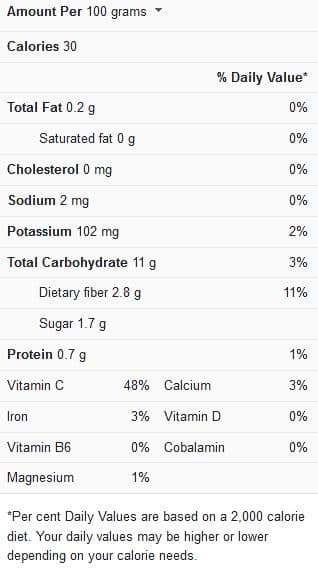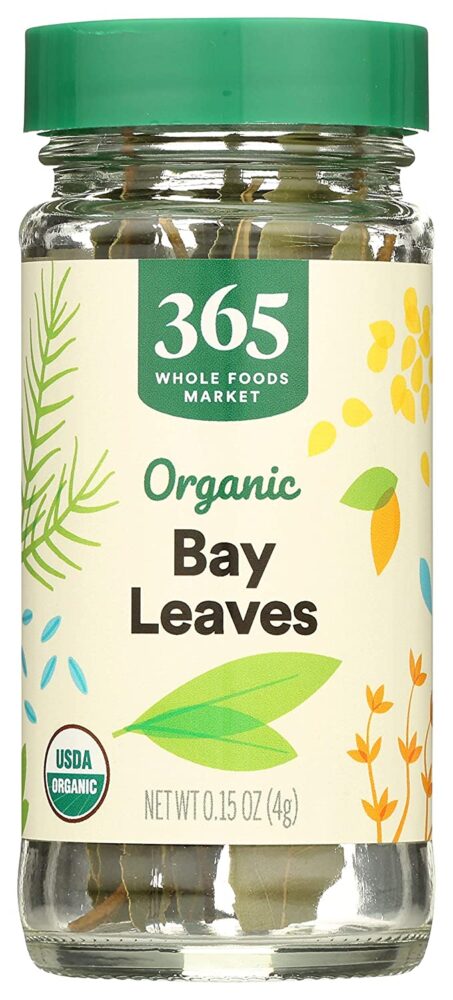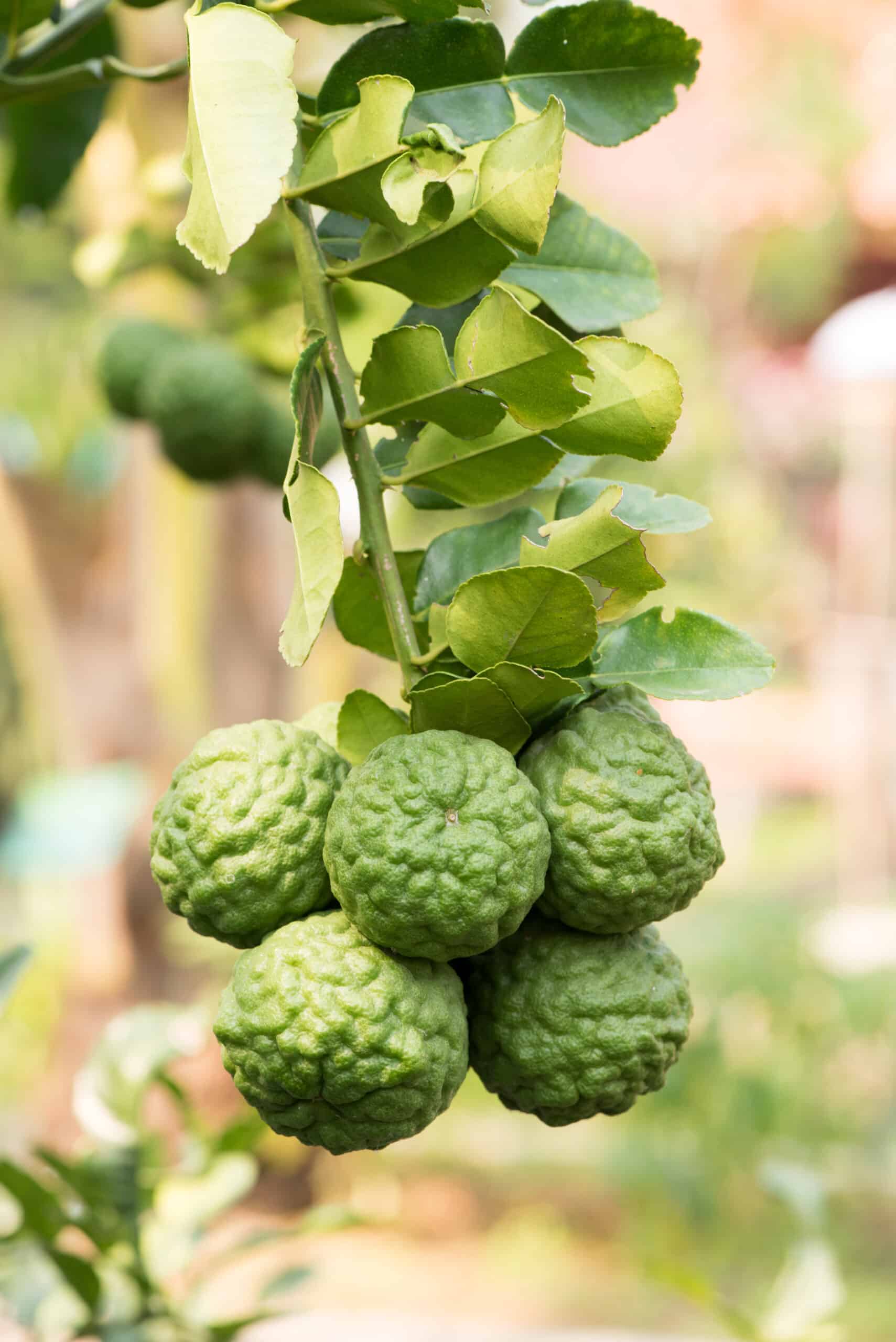Updated on April 9th, 2023
Makrut lime leaves are a staple of Thai cooking and can be found in various Southeast Asian meals. Fresh, frozen, or dried versions of the item are available.
The lime leaves, not the actual fruit, are utilized in cooking because of their intense citrus flavor – with a powerful aroma. Makrut limes (Citrus hystrix), unlike other limes, are so bitter that their principal usage is as a scent in cleaning solutions.
Since Makrut lime leaves have a distinct flavor and aroma, it may not be easy to substitute them, and it is a one-of-a-kind cooking staple.
Nonetheless, these factors should not stop looking for the best substitutes and imitating the taste and fragrance to achieve nearly identical effects.
Read on to learn more about Makrut lime leaves, their application in today’s cuisines, and befitting substitutes you can use in place of Makrut lime leaves.
Lime Leaves Nutrition Facts

What are Makrut Lime Leaves
Makrut limes – also known as Citrus hystrix – are bitter and have rough skin, distinguishing them from regular limes. Notably, Makrut limes are not consumed in Thailand but are mainly used to manufacture household cleaning products.
On the other hand, the leaves have a strong aroma and can be eaten thinly sliced or fried. Makrut lime leaves are “double” leaves in an hourglass shape, with two leaves at the end of each stalk. Makrut lime leaves are available in fresh, frozen, and dried forms.
The rib must be removed before chopping or adding whole to meals, which can be done with your hands or a knife. Makrut lime leaves are about twice as expensive as fresh bay leaves.
Makrut Lime Leaves Uses in Recipes
Makrut lime leaves can be used whole in Thai curries, soups, and stir-fries (and then removed before serving), chopped into very thin slivers, added to spice pastes, or used as a topping in several cuisines.
See a list of some decent recipes that Makrut lime leaves are used in:
- Cambodian chicken curry
- Chicken baked rice
- One-pot chicken, turmeric, and Makrut lime leaf rice
- Tuna sambal dip
- Nasi Kuning
- Snake bean, coconut, and Makrut lime leaf salad
- Thai inspired prawn salad
- Makrut lime leaf in desserts and drinks
- Thai coconut curry with Makrut lime leaves
- Spicy beetroot coconut soup with herb yogurt
- Scones with coconut cream and peppercorn jam
- Grilled lemongrass chicken with Makrut lime leaves
- Chicken fried rice with lime and Makrut lime leaves
- Makrut lime leaf cake with lime icing
- Scallops wrapped in lime leaves
Makrut Lime Leaves Substitutes
Makrut lime leaves, sometimes known as Kaffir Lime Leaves, can be tough to come by. Here are a few of my favorite Makrut Lime Leaf Substitutes.
Bay Leaves

In savory meals, bay leaves work well as a substitute for makrut lime leaves. They are only used for seasoning and then thrown away before serving – they are not eaten; as a result, they are best utilized as a replacement in soups, sauces, and rice dishes, where they can be used whole and readily removed.
Bay leaves do not have the same lemony flavor as Makrut leaves, but they provide depth to dishes. It has a piney, slightly minty, and peppery flavor. The strongest aroma comes from fresh bay leaves, but the dried bay is also useful.
When substituting for makrut lime leaves, I recommend combining bay leaves with lemon or lime zest; this will give your dish some of the zesty flavors you’re looking for.
Use the same amount of bay leaves as your recipe calls for makrut lime leaves.
Lime Juice

Lime juice is an efficient and easy-to-find alternative for Makrut leaves when Makrut leaves are unavailable for you to use. In addition to the citrus flavor, Lime juice adds a bright sense of acidity to your food, which can assist in balancing it out.
I prefer freshly squeezed lime juice to bottled lime juice since the flavor is more powerful and real.
1 – 3 teaspoons of juice can be extracted from a medium-sized grocery-store lime. To make it easier to juice the limes, roll them first – like you would with lemons.
This substitution may not work for every recipe because lime leaves are a dry ingredient and liquid lime juice. Lime juice is a wonderful substitute for makrut lime leaves in marinades and creating Thai curry paste or brothy recipes like soups or stews.
When substituting lime juice, add a teaspoon at a time until you’re satisfied with the flavor, making sure the extra liquid doesn’t influence the consistency of the recipe.
Lemon Thyme

Lemon thyme is another herb that would work well in place of Makrut lime leaves. Even if the lemon thyme and Makrut leaves don’t have much in common in terms of flavor, the substitution will work well.
Lemon thyme does not have the same strong lime flavor as Makrut leaves, but it will add a zesty brightness to your recipe as well as a herbal note. Because this herb has a strong thyme flavor, start by using the same amount of lemon thyme that your makrut lime leaves recipe calls for.
If you think your meal needs more lemon thyme, you may add more whole or chopped lemon thyme near the end of the cooking time. It’s okay since lemon thyme isn’t as bitter as regular thyme.
Replace Makrut lime leaves in practically any recipe that calls for them, such as soups, stews, and other savory foods.
Frequently Asked Questions (FAQs)
What is the best way to use Makrut lime?
Remove the thin layer of deep green makrut lime zest into wide ribbons using a paring knife, leaving any white pith remaining. Use zest ribbons to season sauces, stews, and both. Small amounts of zest can be sliced into incredibly thin ribbons and utilized. Cut the Makrut in half around the lime’s circumference.
Where to buy Makrut lime leaves?
Makrut Lime Leaves: are available fresh, frozen, or dried in Thai and Vietnamese markets – some Chinese food stores carry them. The leaves can be found in the fresh produce department alongside other herbs, in the freezer section, or dried herbs in Asian grocery stores.
Are Makrut and Kaffir lime leaves the same thing?
Makrut lime is a common name in Asia, notably Thailand, a popular (and excellent) cooking component. However, in the United States, Europe, Australia, and New Zealand, makrut lime is more commonly referred to as Kaffir lime.
Conclusion
Makrut lime leaves are magnificent leaves used in Thai and Vietnamese cuisine. They offer a strong, aromatic lime flavor to any dish. To impart their charm, they are usually cooked in sauces. The leaves can also be finely chopped and used directly in fish cakes, curry pastes, and salads.
However, what do you do when you need to prepare a recipe that requires Makrut lime leaves, but then you are in a pinch? No need to worry much; you can easily consider any of these excellent alternatives in place of Makrut lime leaves.
